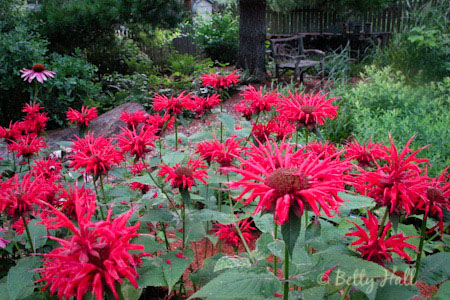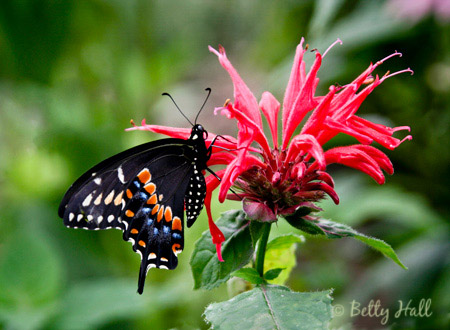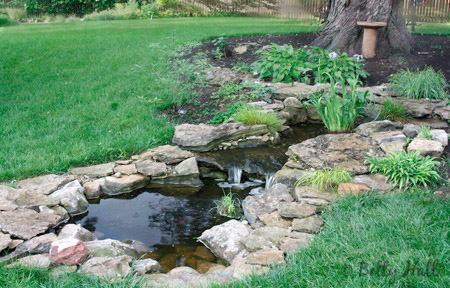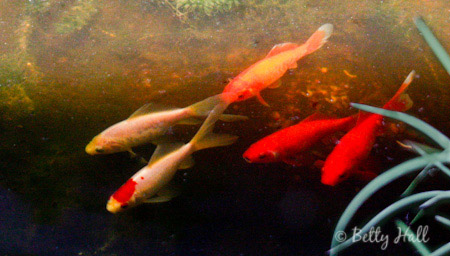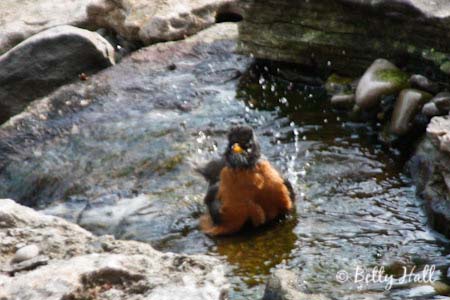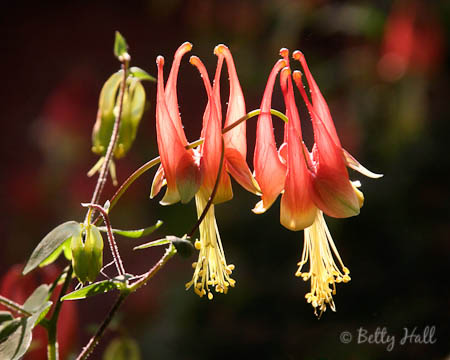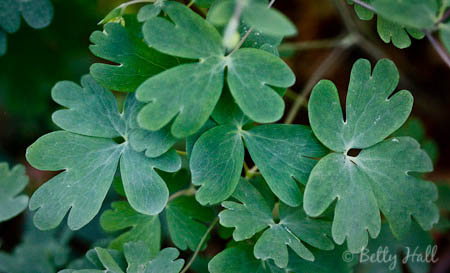If I could plant only one native perennial, it would be Purple Coneflower (Echinacea purpurea). In June and July, its pinkish-purple blossoms attract numerous butterflies.
It is also a host plant for small Silvery Checkerspot butterflies (Chlosyne nycteis).
Now, in mid-September, the few remaining blooms are less showy and many have been replaced by seed heads.
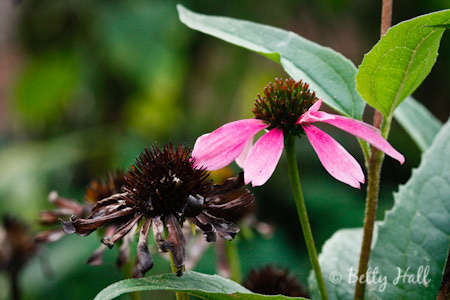
The seeds are attracting goldfinches (Carduelis tristis), one of my favorite year-round backyard birds. I enjoy seeing them and hearing their ‘chatter’ as they feed. The striking yellow and black of the mature males certainly adds a bright spot to the garden. However, they will soon change to a yellowish-olive color for winter, and then the males will closely resemble the females.
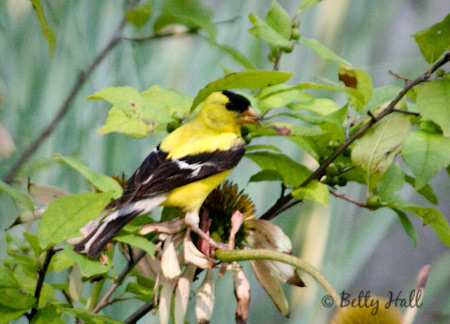
The sturdy seed heads will be empty by January and they will provide visual interest to the garden throughout the winter.
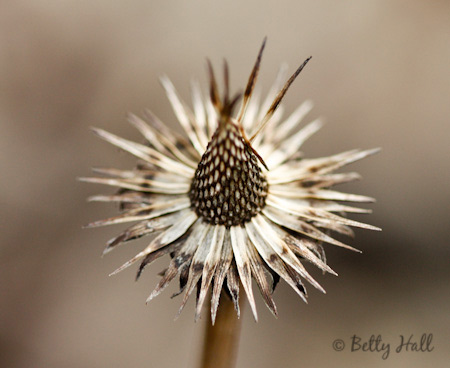
Purple Coneflowers are easy to grow. They are drought-resistant and prefer sun, though mine grow well with some shade. I like the attractive foliage in spring, the beautiful blooms in summer, the food for goldfinches in autumn, and the added texture in the winter garden.
For all these reasons, Purple Coneflowers are among my favorite native perennials.

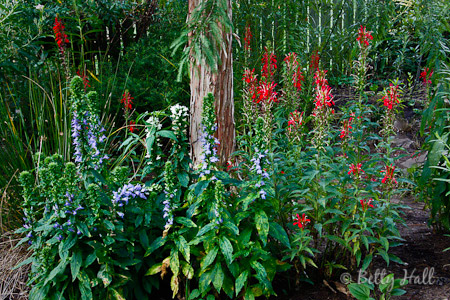 According to
According to 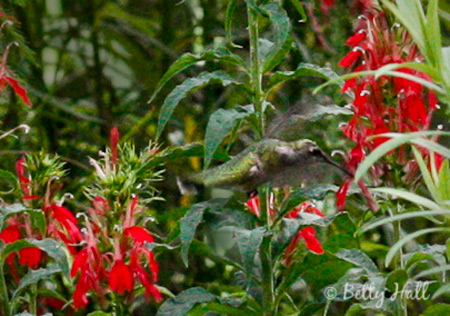 Hummingbirds are one of my favorite birds and it’s great fun to have them in the backyard. I try attracting them with feeders but we see them much more often on the native plants. Cardinal Flowers are one of my favorite native plants and the fact that they draw hummingbirds makes them extra special.
Hummingbirds are one of my favorite birds and it’s great fun to have them in the backyard. I try attracting them with feeders but we see them much more often on the native plants. Cardinal Flowers are one of my favorite native plants and the fact that they draw hummingbirds makes them extra special.